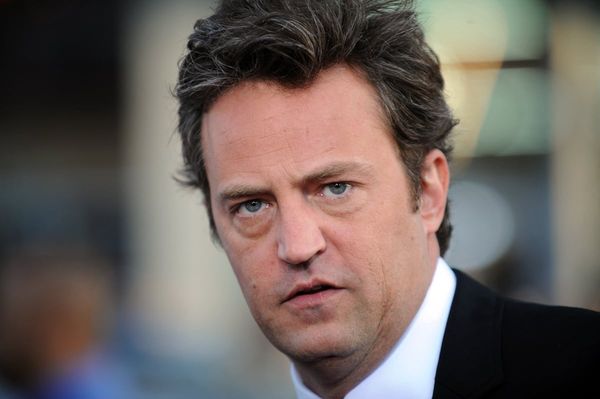
Last week, I wrote that in 2019, Singaporeans were only able to withdraw 2% out of the total Central Provident Fund (CPF) public retirement fund scheme annually for retirement purposes. and only 1% out of their Medisave public medical accounts scheme for direct medical expenses.
This week, we take a look at the long term trend and compare Singapore’s retirement and medical payouts with other advanced countries.
According to the CPF Board, the total CPF balance for retirement purposes (not including Medisave) grew from S$89 billion (US$65 billion) in 2006 to S$322 (US$235 billion) last year.
However, annual withdrawals for retirement purposes only grew from S$2.8 billion (US$2.05 billion) to S$6.5 billion (US$4.75 billion).

Similarly, for Medisave, the balance grew from S$77 billion (US$56 billion) in 2015 to S$103 billion (US$75.4 billion) last year, while annual withdrawals for direct medical expenses barely grew — from S$0.9 billion (US$.66 billion) to S$1.1 billion (US$.81 billion).

If you look at the long-term trend, Singaporeans have withdrawn a decreasing portion from their CPF over the years. In 2006, elderly Singaporeans withdrew 3% of the total CPF balance for retirement — already a miserly percentage — and this has fallen to only 2% last year, and as low as 1.5% in 2012.

The trend is even clearer when you look at Medisave — from 2015 to 2019, the Medisave funds Singaporeans could withdraw for direct medical expenses have dropped from a pathetic 1.17% to 1.06% last year.

When you look at the annual changes, the total CPF balance for retirement grew annually, from S$8.4 billion (US$6.1 billion) a year in 2006 to S$27.1 billion (US$19.8 billion) last year, which on an annual basis is three to seven times higher than the annual CPF withdrawals for retirement.

Similarly, the total Medisave balance has grown between S$2.4 billion (US$1.7 billion) and S$6.9 billion (US$5.1 billion) in a year, which on an annual basis is six to seven times the Medisave withdrawals.

The reason why the CPF and Medisave balances have kept increasing is straightforward. While the CPF and Medisave balances grow, annual withdrawals remain flat or have even declined in some years.
Since 2007, when comparing the annual CPF withdrawals for retirement with the annual increase in the total CPF balance for retirement, annual withdrawals have declined from 32.8% of the annual CPF balance increment to only 24.1% last year. It went down to as low as 14.1% in 2011 and 2012.

Annual withdrawals from Medisave for direct medical expenses have also only accounted for about 15% to 17% of the annual Medisave balance increment.

The limits placed by the People’s Action Party (PAP) government on how much Singaporeans have been able to withdraw from their CPF and Medisave have allowed the PAP government to accrue a massive investment fund.
The unfairness of this system becomes starker when comparing Singapore with other advanced countries.
Singaporeans pay 37% of their wages into the CPF. Below, Singapore is compared with other more wealthy advanced countries where a relatively high proportion of their wages (or more than 15%) are also used to fund their countries’ social security schemes for retirement — namely, the United Kingdom, France, Norway, Netherlands, Finland, Austria, Iceland, Germany, Sweden, Switzerland, Belgium, and Luxembourg.
Even though Singapore’s GDP per capita is at the level of countries like Denmark and Norway, the wages Singaporeans earn are actually at the level of countries like Italy, Spain and Malta — countries with a GDP per capita less than half that of Singapore’s — so we will include them in the comparison as well.

Let’s look at the average public pension payouts that the elderly in Singapore receive as a proportion of the country’s average income, compared with other countries. Given that Singaporeans pay the highest percentage of their wages into social security for retirement, we would expect that Singaporeans would also receive the highest retirement pension payouts from their CPF.
But this is not the case. It was revealed last year that in 2018, more than 74% of elderly Singaporeans on CPF Life could not even withdraw more than S$500 (US$366) a month for their retirement. The Online Citizen Asia calculated that the average CPF Life payout each CPF member could receive was only S$355 (US$260).
In a wide selection of wealthy countries, average social security payouts to the elderly amount to between 35% and 90% of their countries’ average wage. But elderly Singaporeans received only 6.6% of the average wage of S$5,410 (US$3,956) in 2018.

In an article in Channel NewsAsia in May this year, it was reported that Assistant Professor Ng Kok Hoe of the Lee Kuan Yew School of Public Policy estimated that the elderly poverty rate in Singapore was as high as 6 in 10 elderly people in Singapore in 2011.
This means that Singapore’s elderly poverty rate is the highest among advanced Organization for Economic Cooperation and Development (OECD) countries.

While the elderly scrape by, and workers have a third of their paychecks docked, the CPF balance that the PAP manages has increased to S$425 billion (US$311 billion) today, which actually amounts to the 11th largest pension fund in the world today.
Last week, Singapore’s prime minister Lee Hsien Loong denigrated opposition voters as “free riders.” But seeing that Lee is a chair of one the government investment firms (GIC), and his wife Ho Ching is the CEO of the other (Temasek), allowing them to cream off Singaporeans CPF for their investments (Temasek has access to the CPF), we might ask: Who are the real free riders here? GIC and Temasek Holdings combined are one of the largest sovereign wealth funds in the world, but they function as vessels for the interests of the ruling government — not for Singapore’s citizens.
READ NEXT: Who's the Real Free Rider? Singapore’s Government Reserve Racket
TNL Editor: Nicholas Haggerty (@thenewslensintl)
If you enjoyed this article and want to receive more story updates in your news feed, please be sure to follow our Facebook.







